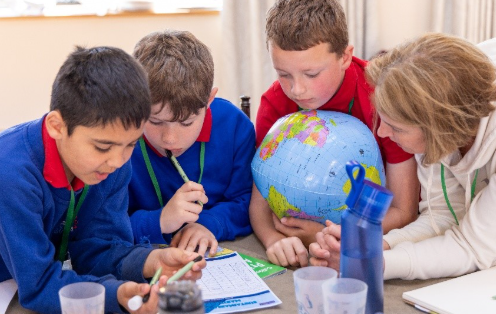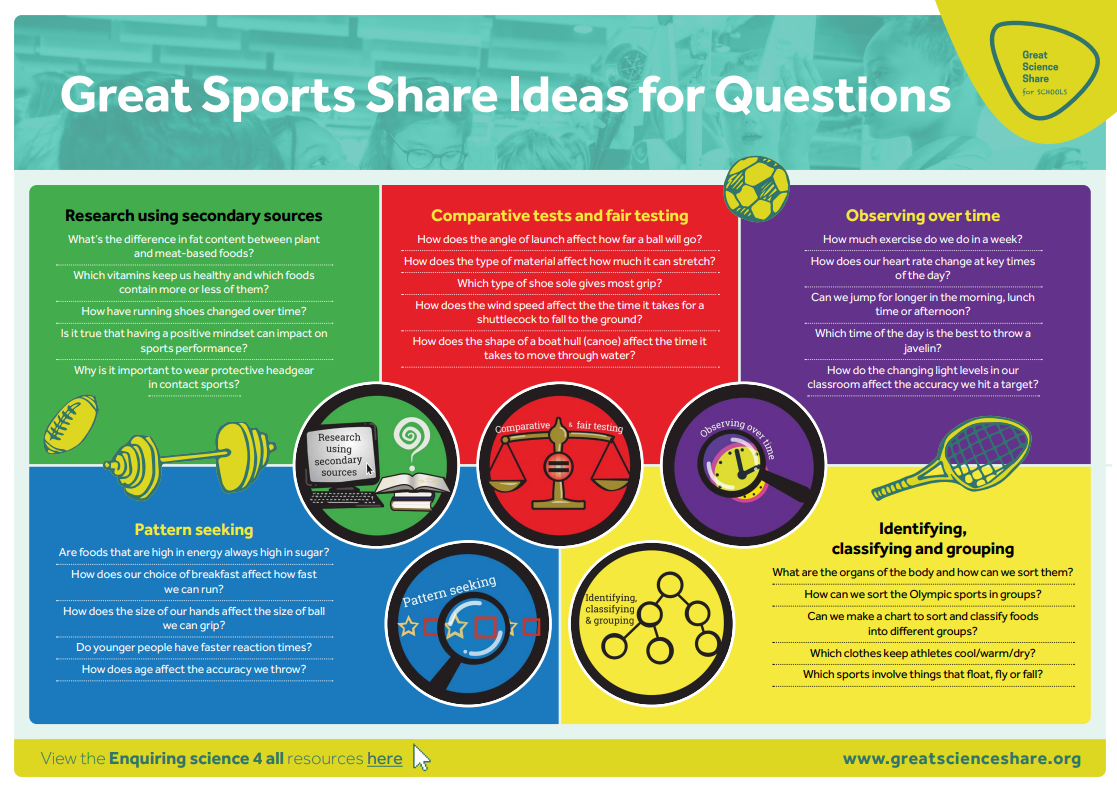For the 3rd year running Great Science Share for Schools has been awarded Patronage to the UK National Commission for UNESCO for 2026.
This patronage is a formal endorsement by a National Commission for UNESCO for an external activity that aligns with UNESCO's mission, acting as a recognised mark of quality.
The encouragement and acknowledgement that UNESCO provide this flourishing campaign spurs on the team, based in the Faculty of Science & Engineering (The University of Manchester). With the prime aim to engage young people in asking, investigating and sharing scientific questions, the campaign has over 800,000 young people registered in 50 countries across the world.
The current strategy seeks to continue to build international engagement, with significant inroads made in training teachers and engaging schools in Malta, Spain and Slovenia. With shared vision, and curriculum plans, to improve opportunities for practical work from an early age, we find collaborations catapulting the message of Great Science Share far and wide.
"We're delighted and humbled to continue to gain such fantastic support from UNESCO. Their patronage has taken the campaign up a level and working collaboratively with them across the EU is leading to strategic collaborations. This ultimately means more 5-14 year olds getting more quality opportunities to work scientifically - a crucial skill for all young people, wherever they are!"
Professor Lynne Bianchi (Founder and Director of GSSfS)
Thank you to all sponsors, advocates, supporters and participants who really make each year's Great Science Share for Schools even greater!

























































